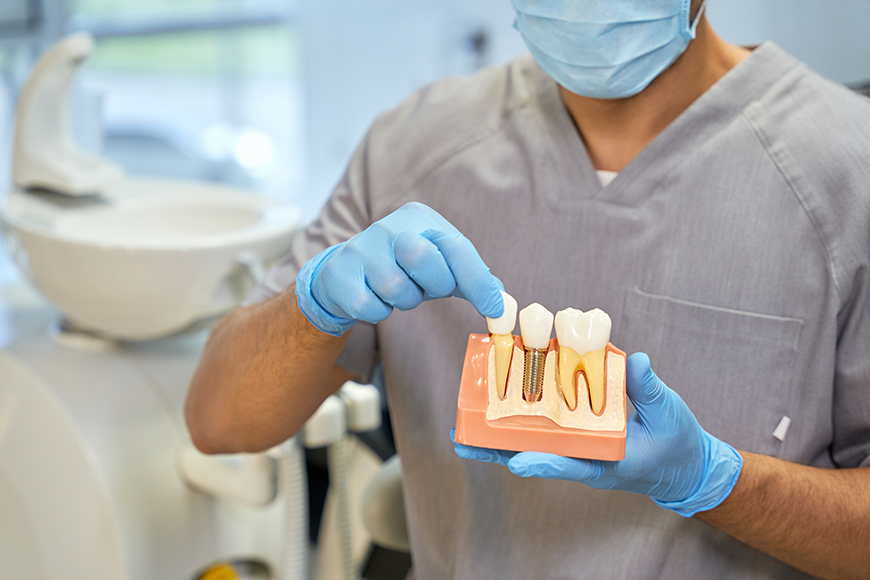Braces are a common treatment for patients with excessively misaligned teeth. Traditional dental braces are highly effective in helping you achieve a straighter, more symmetrical smile. But while there is no doubt about its efficiency, many avoid getting timely treatment for fear of it being painful. For many, searching for ‘braces near me’ is as far as they go in order to address their dental issues.
So, here’s a guide exploring the factors that associate braces with pain and how this discomfort can be tackled.
Understanding Braces and their Connection to Pain.
The common belief that braces cause pain has a number of associated reasons. With braces applying gentle pressure to the teeth to move them into the right position, the discomfort felt can often be immense. Here’s why braces are considered painful by people:
Adapting To Braces Requires Time: Like forming a habit, getting accustomed to braces takes time and cannot be rushed. During the initial days after the braces are placed, you may experience soreness and discomfort. For those with a low threshold for pain, this may seem a little painful.
Braces Can Irritate The Tissues: The tissues in the cheeks, tongue, and lips may feel irritated due to the wires and brackets of the teeth braces. Ulcers are also a possibility in the initial days after treatment.
Braces Need Tightening: Your teeth keep shifting over time, making it essential to tighten the wires of the braces with every shift. This tightening can increase discomfort for the next few days.
Braces Can Limit Oral Hygiene: With braces posing a challenge in properly maintaining your teeth, the chances of tartar and plaque buildup are high. Your gums are also susceptible to inflammation and decay. These can prove painful if left unchecked.
Before you undergo treatment, make sure you scout for ‘the best dentist for braces near me’ to find one who is credible and has the expertise to make your procedure as painless as possible.
Managing the Pain Associated with Traditional Braces.
While it is common to feel discomfort due to braces, there are several ways to effectively minimise this pain and discomfort. Some of these include:
Warm Salt Water Rinse: A warm salt water rinse can soothe the inflammation in your mouth and help reduce pain. It will also help with healing.
Pain Medication: During the initial period while you adapt to your braces, your dentist may recommend medication to minimise the pain. Make sure you only take the prescribed medication and dosage.
Orthodontic Wax: This is a dentist-approved wax that can be applied to the wires and brackets of your braces to minimise irritation and abrasion on the tissues of the mouth.
Dental Clinic Visit: If the pain persists or becomes severe, it is important to contact your dentist so they can ensure the braces are adapting as they should..
You can visit your dentist for braces in Cranbourne for a more in-depth understanding of braces-associated pain and the measures to tackle it.
Alternative Options for Painless Teeth Alignment
While traditional braces are the most effective when it comes to teeth alignment, your dentist may recommend alternative painless treatments depending on the condition of your teeth. Clear aligners are one such treatment option that is removable, painless, aesthetic, and comfortable. However, this will depend entirely on the extent of treatment you need. Your search for ‘braces treatment near me’ will direct you to the right clinic in Melbourne where you can get a professional consultant on the possible treatment option.
Make sure you conduct thorough research on your hunt for the right ‘braces dental clinic near me’ to get a genuine consultation and a better understanding of your options so that you can make an informed decision.
